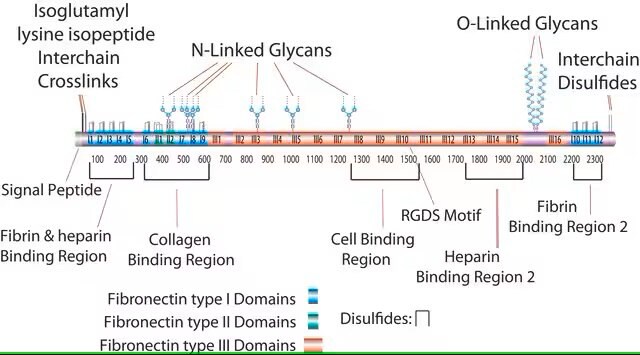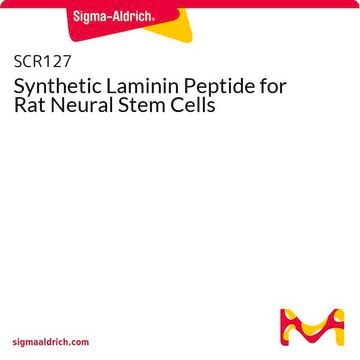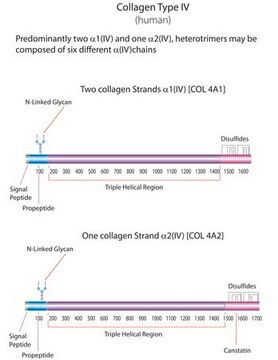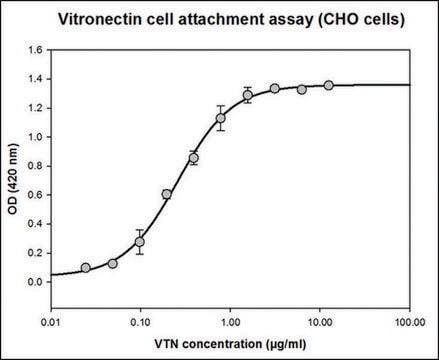L4544
Human Laminin
from human fibroblasts, cell culture derived, liquid, 0.5 mg/mL, suitable for cell culture
About This Item
Produits recommandés
product name
Laminin from human fibroblasts, cell culture derived, liquid, sterile-filtered
Source biologique
human fibroblasts
Niveau de qualité
Stérilité
sterile-filtered
Forme
liquid
Conditionnement
pkg of 100 μL
Technique(s)
cell culture | mammalian: suitable
Couverture de surface
1‑2 μg/cm2
Numéro d'accès UniProt
Spécificité de la liaison
Peptide Source: Collagen
Conditions d'expédition
dry ice
Température de stockage
−70°C
Informations sur le gène
human ... LAMB1(3912)
Application
- in coating six-well plates for wound healing assay
- as a substrate in cell adhesion and spreading assay
- for differentiation of human embryonic stem cells (hESCs) and human induced pluripotent stem cells (hiPSCs) toward dopaminergic neurons
- in corneal endothelial cell wound healing (migration) assay and corneal endothelial cell barrier assay
Laminin from human fibroblasts is recommended for use as a cell culture substratum at 1-2 μg/cm2. The optimal concentration does depend on cell type as well as the application or research objectives.
Actions biochimiques/physiologiques
Composants
Attention
Notes préparatoires
Code de la classe de stockage
10 - Combustible liquids
Classe de danger pour l'eau (WGK)
WGK 2
Point d'éclair (°F)
Not applicable
Point d'éclair (°C)
Not applicable
Certificats d'analyse (COA)
Recherchez un Certificats d'analyse (COA) en saisissant le numéro de lot du produit. Les numéros de lot figurent sur l'étiquette du produit après les mots "Lot" ou "Batch".
Déjà en possession de ce produit ?
Retrouvez la documentation relative aux produits que vous avez récemment achetés dans la Bibliothèque de documents.
Les clients ont également consulté
Articles
Attachment Factors for 3-Dimensional Cell Culture
The extracellular matrix (ECM) is secreted by cells and surrounds them in tissues.
Extracellular matrix proteins such as laminin, collagen, and fibronectin can be used as cell attachment substrates in cell culture.
Notre équipe de scientifiques dispose d'une expérience dans tous les secteurs de la recherche, notamment en sciences de la vie, science des matériaux, synthèse chimique, chromatographie, analyse et dans de nombreux autres domaines..
Contacter notre Service technique











